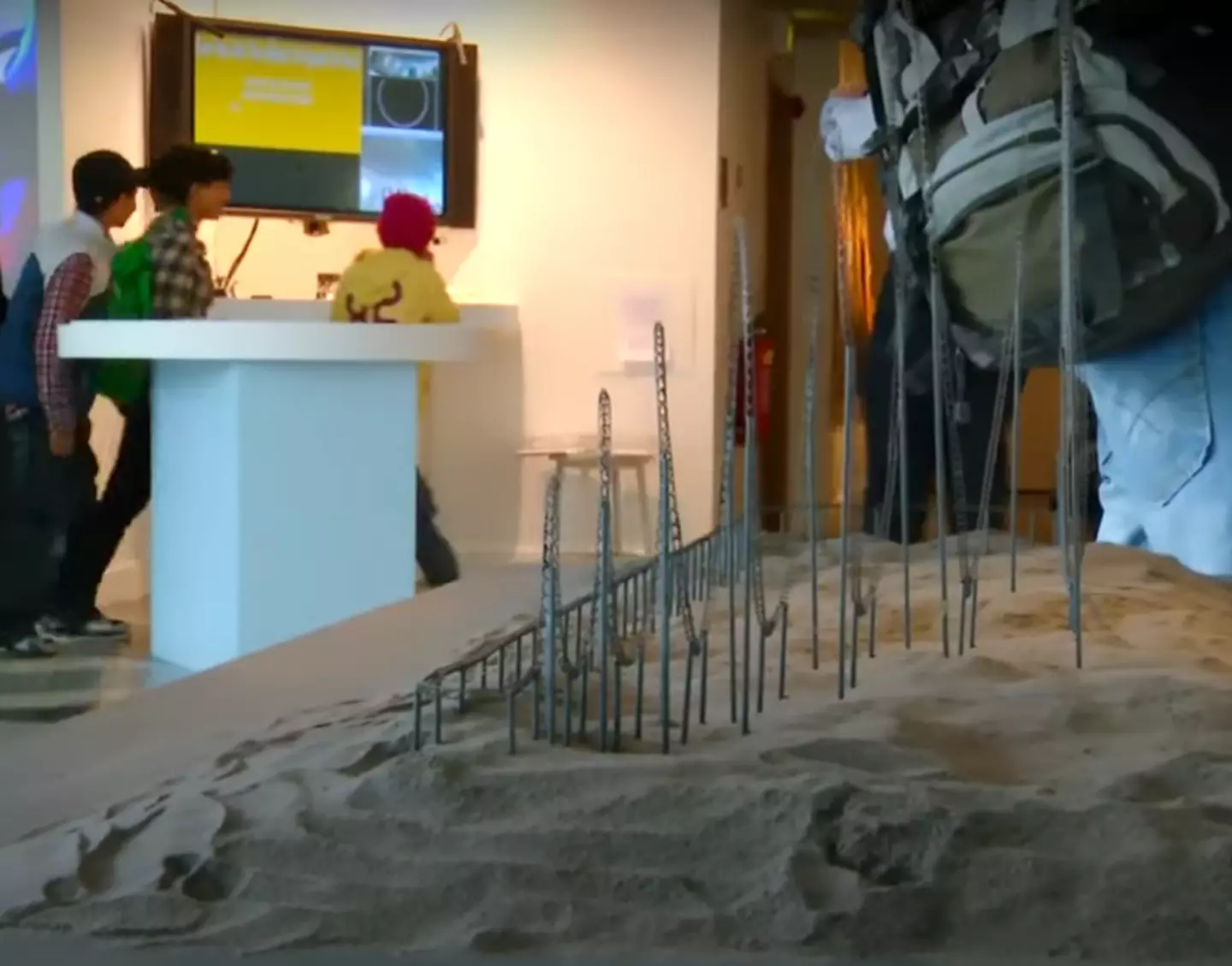“Discover the Shocking Inspiration Behind the Euthanasia Rollercoaster: A Designer’s Controversial Vision for Life and Death”
What if I told you that a roller coaster could spark a philosophical debate about life, death, and even the mundane nature of euthanasia? Welcome to the bizarre world of the Euthanasia Coaster, a conceptual ride designed by Lithuanian engineer Julijonas Urbonas. This “hypothetical death machine” isn’t just a wild thrill-seeker’s dream but a thought-provoking exploration of mortality and choices in modern society. Created during Urbonas’s PhD in 2010 and inspired by his early days in a theme park, this coaster promises a one-way trip with its jaw-dropping speeds and dizzying loops—definitely not your typical Sunday ride at Six Flags! Urbonas wanted to challenge societal norms surrounding death, positing that perhaps our final moments could be more captivating than, say, a drab hospital room. Are you intrigued yet? Because this narrative takes us on more than just a ride through physics—it barrels headfirst into the realm of ethical discourse. So, let’s dive deeper into what led to this striking creation! LEARN MORE.
The engineer who designed the so-called Euthanasia Coaster, that kills anyone who were to ride it, revealed why he created it in the first place as well as explaining how he came up with the idea.
Julijonas Urbonas is the man behind the creation, with the Lithuanian engineer thinking up the idea back in 2010 during his PhD, with the scientist having previously worked at a theme park during his younger years.
A first of its kind design, it was labelled as a ‘hypothetical death machine’ that ‘riders only need to ride once’.
Reaching top speeds of 223mph (358kph), it’s faster than many supercars and equivalent to a Bugatti Veyron, taking people on a 1,600 foot journey with seven inversions and a G-force of 10.
Awarded the Public Prize of New Technological Art of Update 2013, the project is not actually a real rollercoaster, but a hypothesised theme park attraction created by Urbonas.
How and why did the idea for the Euthanasia Coaster come about?
“The coaster emerged from rather a design thought experiment speculating on the ultimate version of a roller coaster and possible usages it would be open to,” Urbonas said when speaking to the Design and Violence section of the Museum of Modern Art in New York.
After the initial discussion on the issue, Urbonas said he received ‘lots of feedback from my scientific advisers, media, and the public’, with the coaster ‘assuming a multitude of labels’.
It became known as ‘the most extreme ride, an execution machine, a kinetic sculpture, a sci-fi prop’, he said.

Julijonas Urbonas and his model of the Euthanasia Coaster (YouTube / Science Gallery Dublin)
Urbonas had previously said in interviews that the creation could be helpful with problems such as ‘overpopulation and living too long’. Clarifying this, he said: “When I talk about it as means of dealing with overpopulation, I am referring to sci-fi, or specifically to Kurt Vonnegut’s Welcome to the Monkey House where euthanasia is depicted as a citizen’s patriotic duty.
“Here the coaster could be seen as a tangible design interpretation. Unfortunately, this insight was cut in the video by the editor.”
Three reasons for the Euthanasia Coaster, according to its creator
Urbonas has outlined three reasons for a potential real life Euthanasia Coaster, the first being to make taking your own life less ‘boring’ and more personal for those wanting to enjoy your final moments.
“I want to stress that I do not encourage assisted suicide, nor do I discourage,” he said.

A close up of the model coaster (YouTube / Science Gallery Dublin)
“I just state the fact that euthanasia is legal in some countries and it is executed in an extremely boring fashion, proposing ‘humane’ voluntary death could be more meaningful, personal, ritualistic.”
Combined with this, he said the coaster would be good for a final moment of pleasure in life.
He said: “I use the term referring to physiological, semantic and aesthetic definitions of pleasure. GLOK aka G-force induced Loss Of Consciousness as well as cerebral hypoxia are often accompanied with euphoria.
“Even though nausea and discomfort may take part as well, they would be very momentary. It is also quite possible the rider would barely be aware of all of it being already deprived of sensorial awareness or unconscious.”

Riding the coaster would end your life (YouTube / Science Gallery Dublin)
And third of all? Having a laugh, with Urbonas saying: “In a few words, humour here eases, facilitates the stressful debate, but also proposes the ritual of death could be merrier.
“For those who see the coaster as a comedy of euthanasia I would kindly suggest to try temporarily disposing the popular flippant connotation of the amusement ride, and see it purely from the perspective of dramaturgy.
“It is up to you to chose whether it is a feasible proposal or a tangible sci-fi narrative.”
If you’ve been affected by any of these issues and want to speak to someone in confidence, please don’t suffer alone. Call Samaritans for free on their anonymous 24-hour phone line on 116 123.













